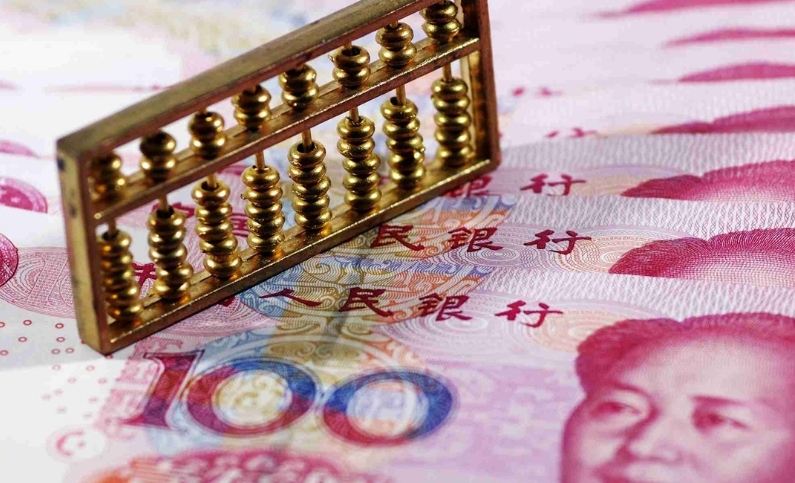Yuan Becomes No. 3 Global Currency : Report

The internationalization of Chinese yuan accelerated in 2020 despite the ravaging global pandemic and the US government’s containment of China’s growth. Experts predict there exists great room for the currency’s further internationalization, calling for convenient flows of the yuan and expansion of cross border investment avenues.
The yuan internationalization index reached 5.02 at the end of 2020, a sharp increase of 54.2 percent from the previous year, making it No.3 among international currencies. The rate exceeded the internationalization levels of the yen and pound, according to the 2021 RMB Internationalization Report released by the International Monetary Institute (IMI) under Renmin University of China on Saturday.
The growth was mainly driven by the steady recovery of the Chinese economy, opening-up of the financial sector, stable monetary policy and stepped-up international currency cooperation, said the report.
Since the Chinese authorities allowed yuan access to more foreign financial institutions, overseas investors are rushing to make inroads into China, seeking potentially higher returns, experts say.
After scrapping quota restrictions on investment via the Qualified Foreign Institutional Investor and the yuan-denominated Renminbi Qualified Foreign Institutional Investor programs, Chinese financial regulators further lowered entry requirements and broadened the investment scope of these programs to facilitate foreign investment.
In 2020, yuan-denominated financial assets held by overseas institutions and individuals surged 40.11 percent year-on-year to reach 8.98 trillion yuan ($1.39 trillion), according to the report.
Meanwhile, the yuan’s role as a reserve currency has also strengthened, with central banks of more than 70 countries having it in their reserve assets.
As of the end of 2020, the currency accounted for 2.25 percent of global foreign exchange assets, an increase of 14.8 percent year-on-year, said the report.
Wang Fang, deputy dean of the School of Finance of Renmin University of China and deputy director of the IMI, said the establishment of the “dual circulation” new development model will provide a historic opportunity for taking the internationalization of the yuan to a new level.
She said that the role of the Belt and Road Initiative (BRI) as well as offshore yuan transaction centers should be given full play in reinforcing domestic and international circulation in a bid to promote the global use of the yuan.
As examples, she mentioned establishing a BRI bulk commodity trading platform with innovations, and the integration of futures and spot goods to boost bulk commodity trade and the use of the yuan. Also, BRI digital trade should be promoted to strive for a say in global digital trade rules, according to Wang.
Xi Junyang, professor at the Shanghai University of Finance and Economics, told the Global Times that there is still great room for the international use of the yuan, especially in financial trading and as a global reserve asset.
He called for further expanding the channels for foreign investors to enter the Chinese market and for domestic investors to issue yuan-denominated financial products overseas.
“We may consider encouraging foreign investment in Chinese capital market via the Shanghai-London Stock Connect program as well as potential connects with the Tokyo and Singapore stock exchanges.”
While facilitating the yuan’s internationalization, experts said that big data technology should be adopted to step up supervision and early warning systems over the yuan’s cross-border flows to prevent systemic risks.




